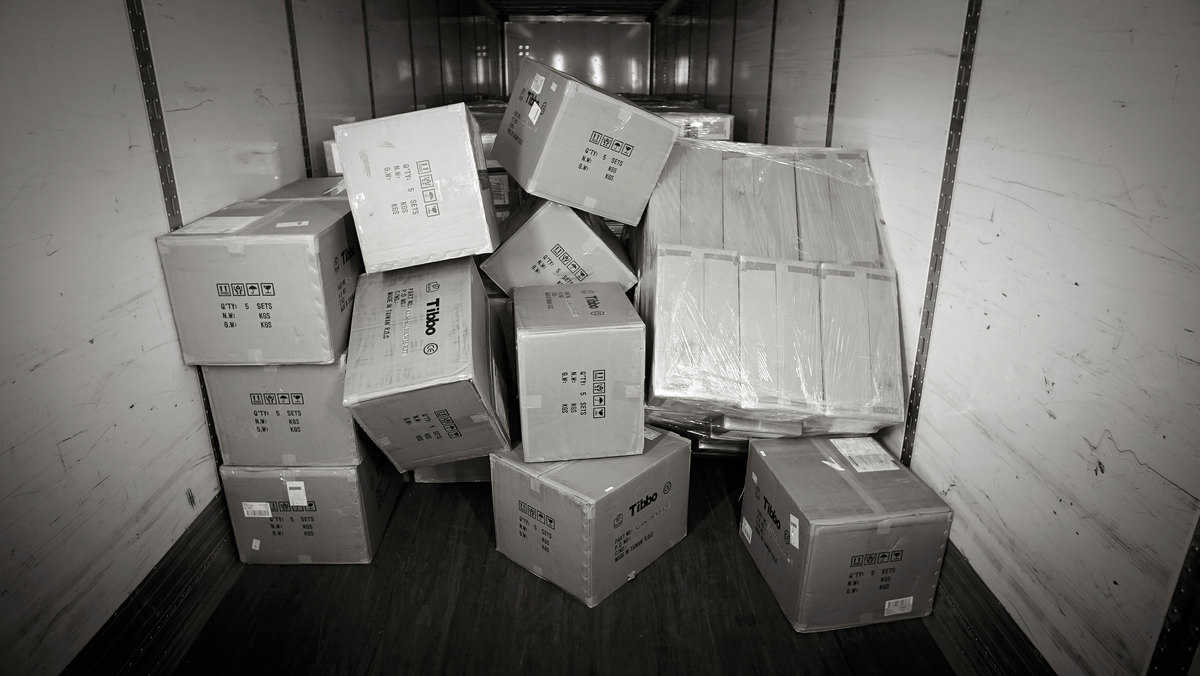
The evolution of PowerFleet’s LV-710 FreightCamTM system
As freight tech floods the industry, fleets need more than visibility — even from images taken by cargo cameras. The visibility gained through software and hardware applications must provide actionable insights so that customers are optimizing their return on investment.
In 2018, Chris Wolfe, CEO of PowerFleet, introduced the LV-710 FreightCamTM system, which uses digital images to determine not only whether a trailer is empty or full, but also how full it is. This gives companies visual proof for insurance or legal claims, and enables them to analyze location and root causes of damage.
But when you consider the financial investment it requires to run a fleet, the cost is the same whether the driver carries an empty or full trailer across the country. The cost benefit, therefore, lies in reducing deadhead miles. Over the past two years, the LV-710 FreightCamTM has pushed the envelope in increasing the visibility that helps achieve this goal.
“When we talk about optimization and bottlenecks, we look at our map, which shows us where our concentrations are for loading empty,” said Norm Thomas, senior executive of industry relations at PowerFleet. “We can look for where the highest concentrations of a customer’s assets are and then be able to filter that based on which are loaded or unloaded, so that we can address concentrations of either unloaded or fully loaded assets. We want to basically be able to forecast and meet demand.”
With the help of analytics, PowerFleet customers can begin to differentiate between their heavily utilized and their less utilized assets and then see if they can create strategic balance in capacity by finding backhaul opportunities.
Today, the cargo cam can use artificial intelligence and machine learning to identify the type of cargo and match the terminology the customer uses. The PowerFleet analytics team can then help optimize capacity for a fleet’s assets. But for the machine learning capabilities to work perfectly, customers will need to introduce it to different types of cargo.
“Right now we’re able to see if a trailer is loaded or not loaded and at what percentage,” said Thomas. “In the future we’d like to be able to have the classifier be able to tell the difference between boxes, tires, tractors, a rack or loose material. So with more pictures, with a more substantial library of pictures, we can do classification on much more sophisticated and much more varied types of content.”
Once customers interact with the image within the platform, they can confirm what percentage of the trailer is filled. PowerFleet has created a feedback loop, where those customers can actually hit a drop-down box and select what type of cargo. If it’s something that’s new or unknown, they can enter that into a new line.
“We can include that customer feedback without having an analyst on my team going through to tag pictures of different cargo,” said Thomas.
Based on a privacy requirement from a PowerFleet customer, the software team is currently developing an algorithm that will obscure any humans who load or unload the trailer.
By moving past the camera’s capacity to simply capture images of cargo, the analytics function of this software can ultimately save fleets money, but it will be a team effort.











